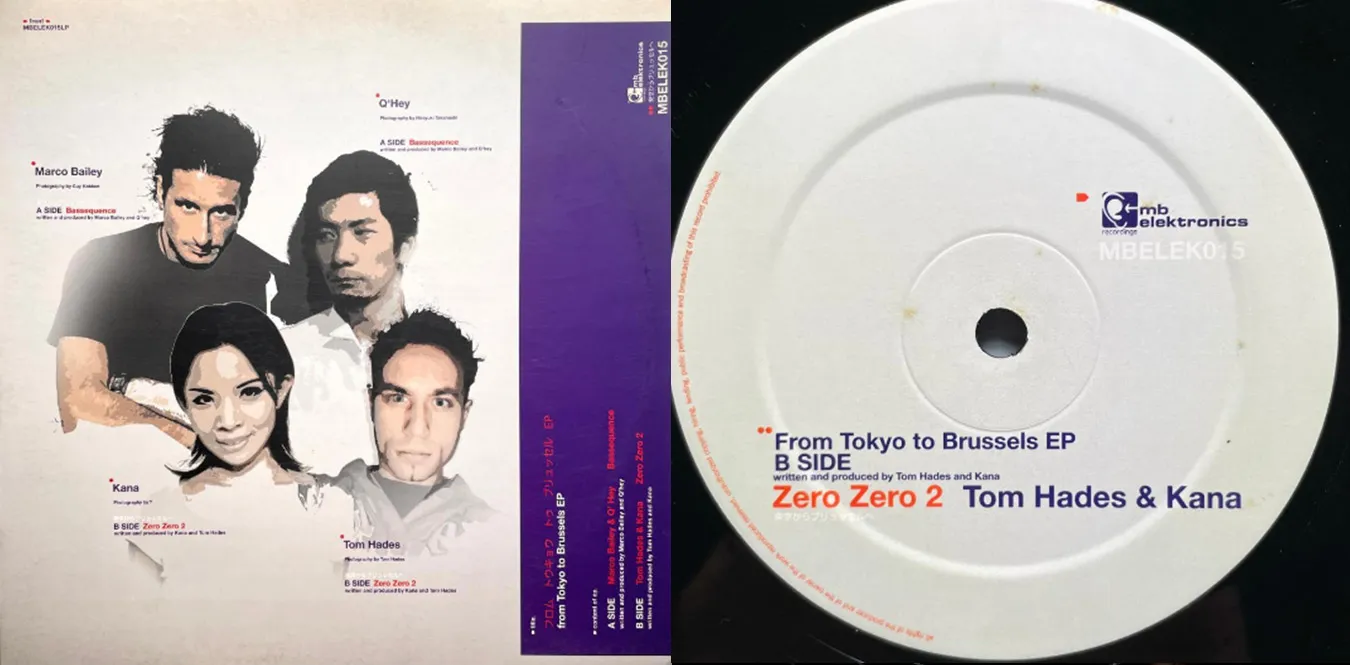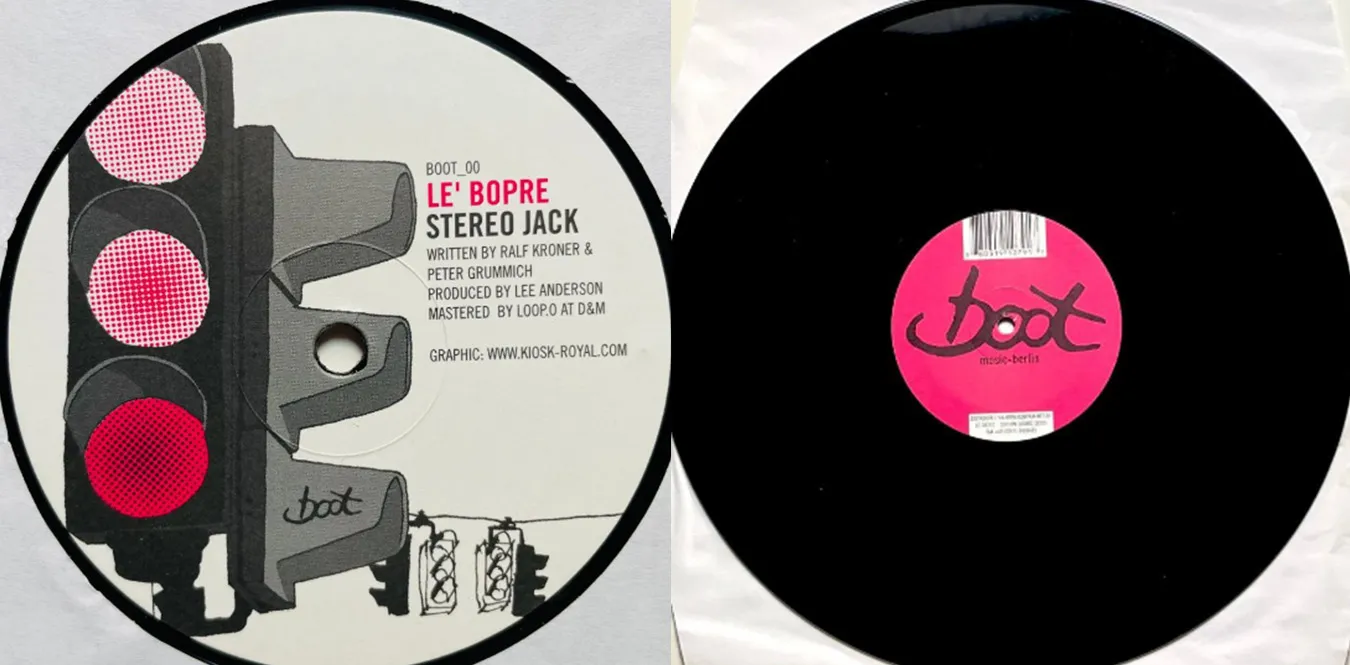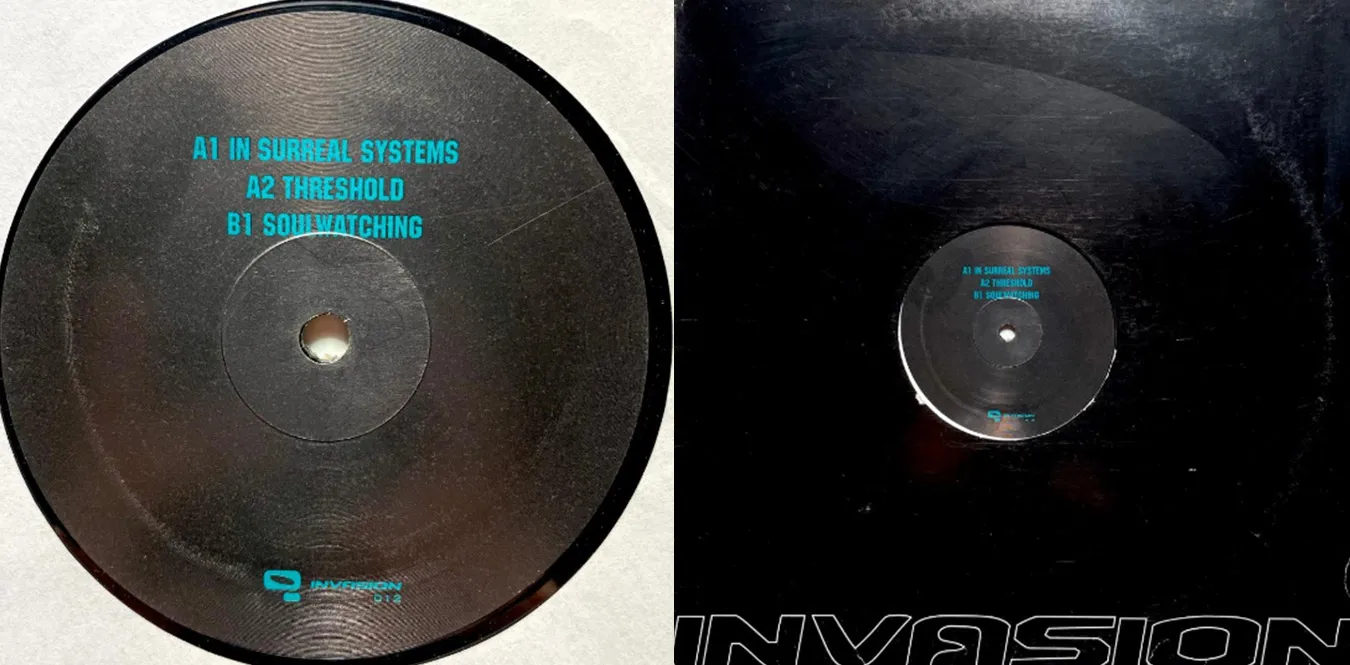![[Column] Creation alone: The era of the bedroom producer](/../assets/images/column-bedroom-producer-era.webp)
Prologue: From an empty room to the world
Text: mmr|Theme: From one computer to the world. The revolutionary history of music born in the bedroom and its social and cultural meanings
It’s no longer just yesterday that music production can now be completed in a ““room.’’ However, this has become “normal” since the 21st century, when digitalization has reached its maximum. The magic of music production, once confined to the walls of a studio, has finally descended into everyone’s rooms thanks to laptops and inexpensive audio interfaces, DAWs (Digital Audio Workstations).
A bedroom producer is not just someone who creates sound alone. They are the embodiment of the ““democratization” of the music industry, and at the same time they are also a symbol of the ““creativity of solitude.” Nowadays, with direct access to the world via Spotify and SoundCloud, the bedroom is no longer a “private space.” Through its network, it has become the base of a new music city = digital city.
Chapter 1: Democratization of recording technology — from cassette MTR to DAW
Cassette MTR opens the door to personal production
In the 1980s, the cassette MTR (multi-track recorder) released by companies such as TASCAM and Fostex laid the origin of home recording culture. The fact that even lo-fi sound quality can be overdubbed at home has given amateur musicians the possibility of ““self-sufficiency.’’ The seeds of this development had already begun when Ryuichi Sakamoto was making demos in his home studio and home-recording artists were distributing their sound sources along with zines.
Computer and MIDI revolution
In the 1990s, MIDI (Musical Instrument Digital Interface) became popular. An era began when Roland and Yamaha synthesizers were connected to computers, and the boundaries between ““composition” and ““recording” disappeared. This is where the uniquely Japanese term ““DTM (Desk Top Music)’’ appeared. Composers now have desk studios, and music flows from their personal desks.
Chapter 2: Birth of Software Studio
The revolution called DAW
In the 2000s, with the advent of Pro Tools, Cubase, Logic Pro, and Ableton Live, DTM evolved into a DAW (Digital Audio Workstation). Recording, editing, mixing, and mastering can all be completed on one PC. Furthermore, the proliferation of plug-in sound sources and sample packs has made physical studio equipment unnecessary.
This eliminates the need for bedroom producers to “imitate” studios. Rather, they began to use the ““restricted space’’ itself as a source of expression. Noises from outside, the creak of the bed, the sound of breathing in the middle of the night. They were incorporated as part of the music.
Chapter 3: The era of SoundCloud and YouTube — “Share” and “Discover”
New “release” form
SoundCloud in 2007, YouTube in 2005. These platforms have become ““windows’’ for individuals to communicate directly to the world. The era has come when music can reach listeners around the world with just one piece of data, without having to go through traditional label contracts or distribution networks.
Individuals discovered
Clairo, Cuco, Joji, Porter Robinson, Madeon, Sasakure.UK…. What they all have in common is that they all started in a room. But at the same time, it has become a global musical phenomenon. In the silence of their bedrooms, they shared their feelings with young people around the world through YouTube and social media.
Chapter 4: Creating solitude — the relationship between mind and body
The bedroom is also a symbol of isolation. The freedom to decide everything by yourself and create everything by yourself, on the other hand, also brings about the anxiety of being responsible for everything. Because one person can handle everything from production, release, promotion, and social media support, the support of a society with a division of labor is gone.
However, that solitude is the source of modern creativity. Music has changed from a ““social act” to ““individual meditation.” The result of introspection is a sound that is at once more personal and universal than ever before.
Chapter 5: AI and Modular — Re-extending the Bedroom
In the 2020s, AI composition and modular synths are back in the bedroom. AI expands human creativity as an assistant, and modularity restores the analog sensibility of ““contingency.’’ Music production is evolving from the ““world of individuals” to ““co-creation between individuals and machines.”
The waveforms generated on the DAW screen look like digital paintings. Nowadays, the bedroom has transformed into an atelier for not only music, but also for all-round creation.
Chapter 6: Japanese Bedroom Culture
Impact of Hatsune Miku and Vocaloid
In Japan, Hatsune Miku, introduced in 2007, has become a symbol of bedroom culture. Through the fusion of voice synthesis software and the Internet, an anonymous producer creates hit songs one after another. supercell, DECO27, ryo, wowaka… Their activities presented a new structure called ““pop music without an author.’’
The intersection of Niconico Douga and YouTube
As comment culture and derivative works intertwine in multiple layers, the bedroom has transformed into a place for collaborative production. ““Creating by one person” eventually became meaningful in a network where ““many people resonated together.”
Illustration: Modern music production structure
Chronology: Evolution of Bedroom Creation (1970–2025)
Conclusion: The bedroom is another form of the city
The sound of Bedroom Producer is the sound of solitude echoing in a corner of the city. At the same time, it is also the sound of solidarity that connects countless rooms through a network. It is a new form of community that replaces “clubs” and “festivals.”
Music is back in the hands of individuals. And those hands are no longer connected through the mouse or MIDI keyboard. Directly connected to the entire world.
“From my room to your world.”
- That may be the most honest picture of music in the 21st century.



![[Column] Neo-Krautrock: Modern reinterpretation of classic Krautrock](/../assets/images/column-neo-krautrock.webp)
![[Column] UK Broken Beat re-evaluation trend — innovative trends in club music](/../assets/images/column-uk-broken-beat.webp)



![[Column] Dego & Kaidi and Sound Signature](/../assets/images/column-dego-kaidi-so-we-gwarn.webp)
![[Column] Brenda Fassie — The township diva: A journey of glory and struggle](/../assets/images/column-brenda-fassie.webp)
.webp)
